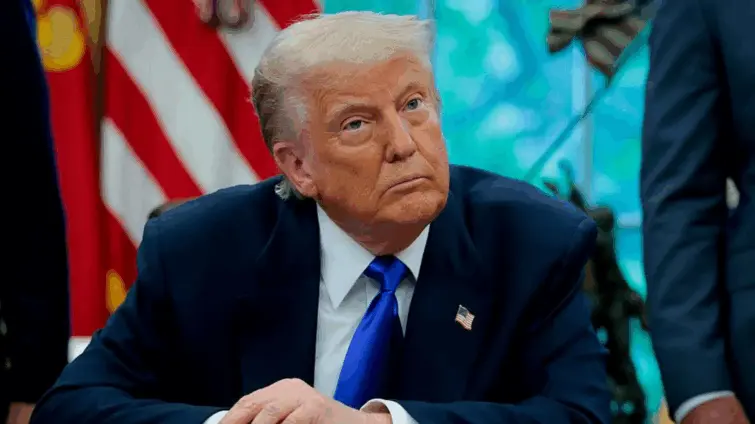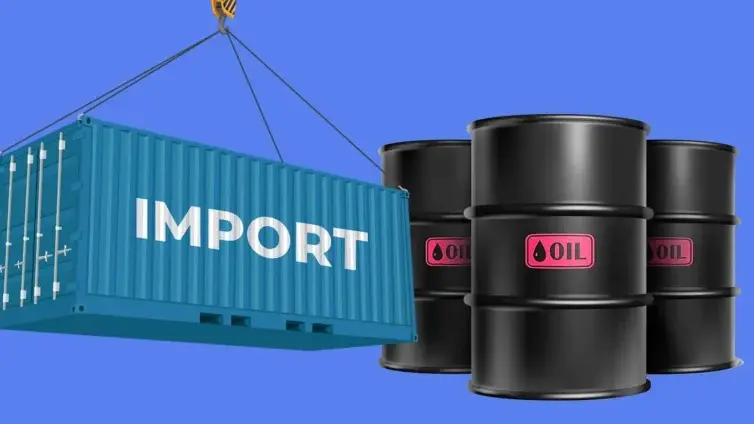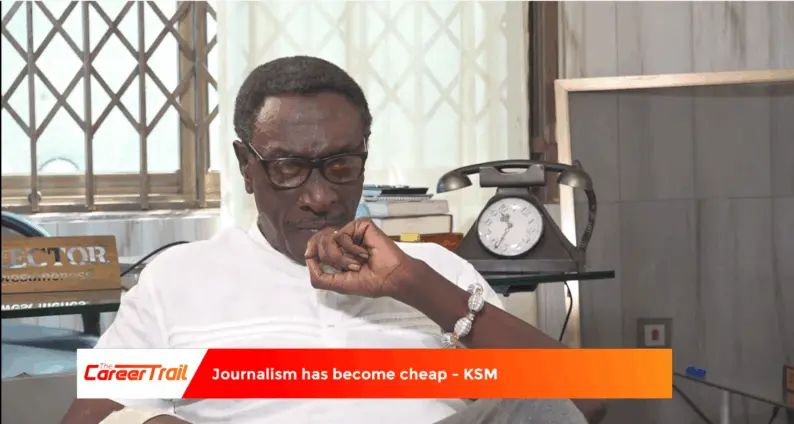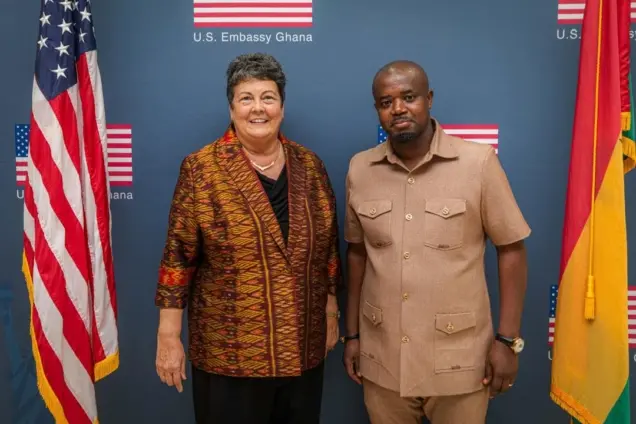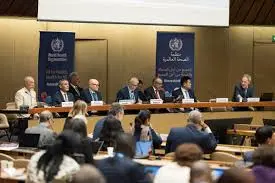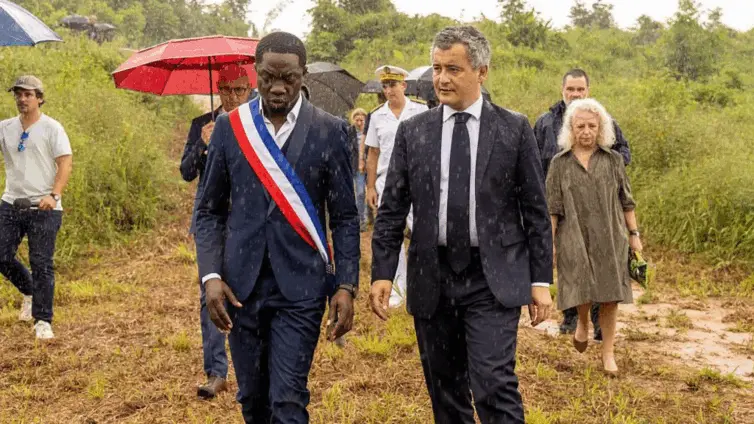The air in Doha was thick with anticipation as former US President Donald Trump took the stage, but it was his pronouncements on international trade that would soon spark a transcontinental debate. Trump claimed India had offered the United States a deal involving “literally no tariffs” on American goods. The statement ricocheted across news outlets and trading desks, landing squarely in New Delhi, where it was met with swift and pointed rebuttal.
“Nothing is decided till everything is,” countered India’s External Affairs Minister S. Jaishankar, emphasizing that while talks were indeed ongoing, no such agreement had been finalized. This public disagreement underscores the intricate dance of negotiations between two of the world’s largest economies. The core question remains: Did India truly offer a zero-tariff arrangement, or was Trump’s statement a mischaracterization of ongoing discussions regarding US-India trade tariffs? This article unpacks the complexities behind this dispute, exploring the realities of the US-India trade tariffs negotiations and the divergent perspectives at play.
The contrasting statements from Trump and Jaishankar highlight the potential for misinterpretations and the high stakes involved in international trade negotiations. Trump, known for his focus on reducing trade deficits, has long voiced concerns about the US-India trade tariffs relationship. Jaishankar, on the other hand, has consistently emphasized the need for a mutually beneficial agreement that serves the interests of both nations.
Adding another layer to the narrative, Ajay Srivastava, a trade expert, suggested a “zero-for-zero” approach, advocating for reciprocal tariff elimination. This proposal, while not officially adopted, reflects a willingness among some stakeholders to explore ambitious solutions. In essence, these varying viewpoints underscore the complex and multifaceted nature of the US-India trade tariffs dialogue.
Currently, India and the US are actively engaged in discussions aimed at forging a comprehensive trade agreement. Jaishankar has repeatedly stated that any deal must be advantageous for both countries, signaling a commitment to a balanced outcome. Trump, during his tenure, frequently cited the $45 billion trade deficit with India as a point of contention, pushing for measures to level the playing field. This is an important aspect of US-India trade tariffs.
One of the significant areas of disagreement lies in agriculture. India has been hesitant to make concessions in this sector due to domestic political sensitivities. However, potential compromises have been floated. Srivastava suggested that India might offer to make 90% of US exports tariff-free, with the notable exceptions of automobiles and agriculture. Delhi has previously lowered tariffs on Bourbon whiskey, motorcycles and some other US products
| Product | US Tariff | India Tariff |
|---|---|---|
| Automobiles | 2.5% | 60-100% |
| Agricultural Goods | Varies | Varies |
Trump also weighed in on Apple’s production strategies, expressing reluctance for the company to expand its manufacturing in India due to perceived high tariffs. However, Apple has been actively diversifying its production base, shifting iPhone manufacturing from China to both India and Vietnam. His comment was: “They [India] have offered us a deal where basically they have agreed to charge us literally no tariffs. I said ‘Tim, we are treating you really good, we put up with all the plants you built in China for years. We are not interested in you building in India. India can take care of themselves.”
Apple’s evolving production footprint reflects broader shifts in global supply chains. If Apple increases its manufacturing presence in India, it could lead to a substantial boost in US-India trade tariffs, potentially altering the trade dynamics between the two nations. This shift highlights how corporate decisions can intersect with and influence international trade relations.
India has been actively pursuing trade agreements with various partners. Recent examples include a trade pact with the United Kingdom aimed at reducing duties on whisky and automobiles, as well as a $100 billion free trade agreement with the European Free Trade Association (EFTA). Furthermore, India is working towards finalizing a free trade agreement with the European Union.
These initiatives signal a notable shift in India’s trade policies. After years of skepticism towards broad trade deals, India is now demonstrating a greater openness to forging such agreements. This evolving approach is driven by a recognition of the potential benefits of increased trade and integration into the global economy. Trump and Modi had targeted more than double trade to $500bn.
It is worth noting that the US and China have also been engaged in trade negotiations. The US and China have come to an agreement to lower import taxes, with the US tariffs on Chinese imports falling to 30% from 145%, and Chinese tariffs on some US imports will fall to 10% from 125%.
Reduced trade tensions between the US and China could potentially influence the US approach to trade with India. As a major trading partner for the US, India’s position in the global trade landscape could be affected by the dynamics between the world’s two largest economies.
The diverging narratives from the US and India highlight the inherent complexities of international trade negotiations. While Trump suggests a zero-tariff offer, India insists that discussions are still underway and require mutual benefits. The ultimate outcome of these negotiations will significantly shape the future of the US-India trade tariffs relationship and have far-reaching implications for global trade dynamics. Continued monitoring of official statements and further developments is essential to gain a clearer understanding of the path forward.
Image Source: MYJOYONLINE

